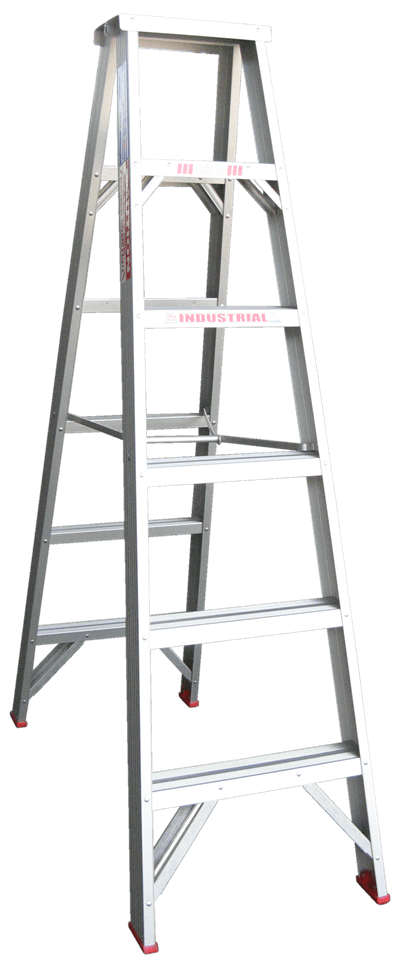One of the biggest frustrations for any business owner is when an employee doesn't perform to your expectations. The higher level the employee, the worse it gets. The root cause it often a mismatch between our expectations and their performance. I found the "LADDER OF LEADERSHIP" is a great tool to help codify our expectations and improve their performance.
Delegate Don't Abdicate
I see too many business owners who just want to set it and forget it as Ron Popeil would say. But your employees are not a Rotisserie BBQ. Your job as CEO is to coordinate the output from everybody else like the conductor of the orchestra.
The Ladder of Leadership
There are two sides to this ladder - the side of the employee and the side of the manager. (I know it's called leadership for alliteration but it's really management.)

Employee says | Manager says | |
7 | I've been DOING … | What have you been DOING … |
6 | I Just DID ... | What did you DO … |
5 | I INTEND ... | What do you INTEND … |
4 | I would LIKE to … | What would you LIKE … |
3 | Here's what I THINK ... | What do you THINK … |
2 | Here's what I SEE … | What do you SEE … |
1 | Tell me what to DO … | I'll tell you what to DO … |
Disconnect = Frustration
If you hired someone and expected them to just get the job done and tell you about it, you're expecting them to operate at level 6 or 7. But if they're expecting to be managed at level 2 or 3 (or even 4 or 5) you've got a disconnect.
On the other hand, if the person is expecting to be managed at level 5 or 6 and you treat them like a level 1 or 2 they'll likely quit.
What's the solution?
First of all assess their competency at the task level - not the "person" level. Very senior people can be total beginners for some tasks, and more junior people may be experts at specific tasks. You can manage them at different levels for different tasks.
First match the level of how you manage to their level of competence for that task. THEN start stretching them. After you've been telling them what to do for a while (level 1), start asking what they recommend (level 3). If their recommendations are hitting the mark, start suggesting they just tell you want they intend to do (level 5). Eventually you'll trust their abilities and can move to level 6 or 7 where they can just inform you what they did.
NOTE: These levels are not always mutually exclusive. A high performing CEO would report to their board at level 7 - explaining what they've been up to. But also tell them (at level 5) what they intend to do in the future.
L. David Marquet has a great book on this (he may have even coined the concept of this ladder). The book is called Turn the Ship Around! As a naval officer he brought his people to level 5. So instead of giving orders, they would tell him in effect what orders they intended to follow before they took action. This allowed him to maintain the chain of command which is necessary in a military situation.
Use This in Your 1:1 Meetings
In your notes from your 1:1 meetings you should be recording what level you think they're at and how you're stretching them. (You ARE taking notes in your 1:1 meetings right?)
Thanks to Jesse Pujji @jspussi on twitter who introduced me to this ladder.
Here's a short video by L. David Marquet The Ladder of Leadership Simplified - Leadership Nudge #326 showing the key transition between level 4 and 5.
Here's a longer one with much more detail on the concept. 5 Frameworks for Leaders - Leadership Nudge #289
UPDATE (2024-01-13)
A person may be at different steps on the ladder for different outputs they need to produce. That's fine. Your job as their leader is to know this and help them move up. The key to moving up is competence. You can't give up control (move them up a step) till they've shown competence in producing that output.
